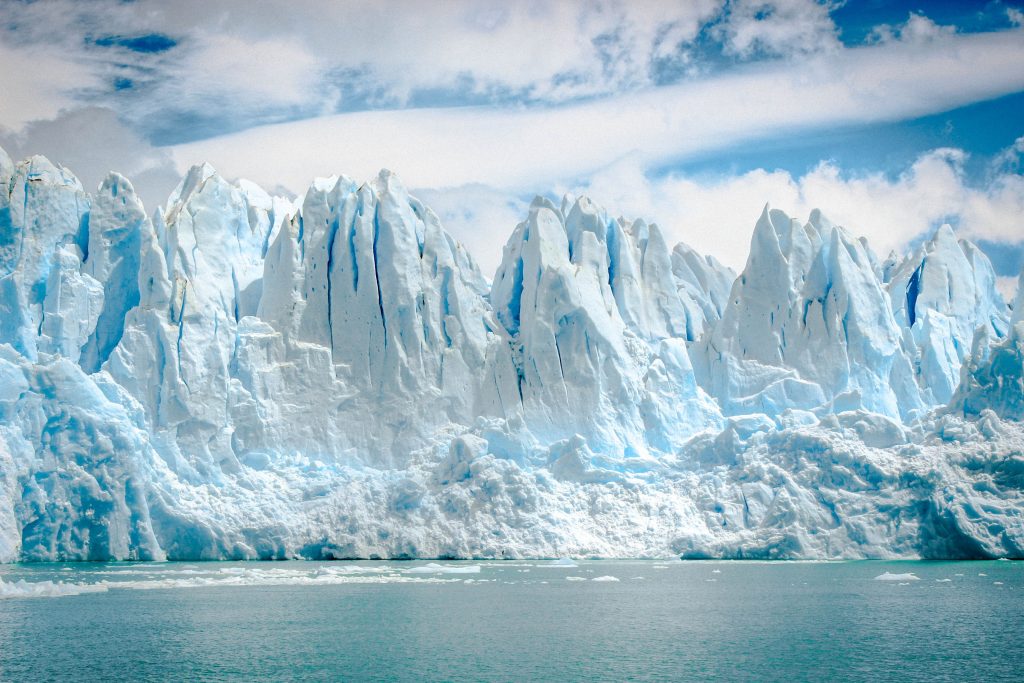GLACIERS and ice caps in two archipelagos have been losing billions of tonnes of ice as climate warms study shows.
A team at The University of Edinburgh mapped data collected by the European Space Agency’s CryoSat-2 research satellite to monitor changes to the surface height and mass of ice caps and glaciers.
In the Russian Arctic melting ice caps and glaciers are losing enough meltwater to fill nearly five million Olympic-size swimming pools annually.

The satellite data suggests that the amount of ice lost between 2010 and 2018 would put an area the size of the Netherlands under seven feet of water.
A key reason for the accelerating loss of ice is the warming of the Arctic Ocean from two large groups of islands that border the Kara Sea.
Lead author Dr Paul Tepes, of the University of Edinburgh’s School of GeoSciences and lead author, said: “The Russian Arctic is largely inaccessible, but satellite data has enabled us to monitor changes to its ice caps and glaciers.
“As has been observed elsewhere in the world, ice loss in the region is accelerating. As the climate continues to warm, significant ice loss in the Russian Arctic will have clear impacts for sea level rise.”
The two archipelagos, Novaya Zemlya and Severnaya Zemlya lost a combined 11.4 billion tonnes of ice each year between 2010 and 2018.
The team reported that the thinning of the ice has already impacted the stability of some of the region’s glaciers and ice caps, which could further increase ice loss in the future.
Information from the study could apparently help predict future ice loss in regions experiencing similar patterns of atmospheric and ocean temperature change and improve global sea level predictions.
The research, published in the Journal of Geophysical Research: Earth Surface, was supported by the European Space Agency and a version of the paper is available here: https://www.research.ed.ac.uk/en/publications/accelerating-ice-mass-loss-across-arctic-russia-in-response-to-at